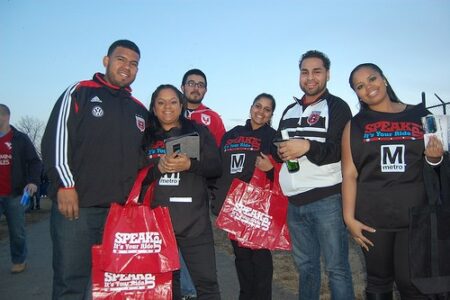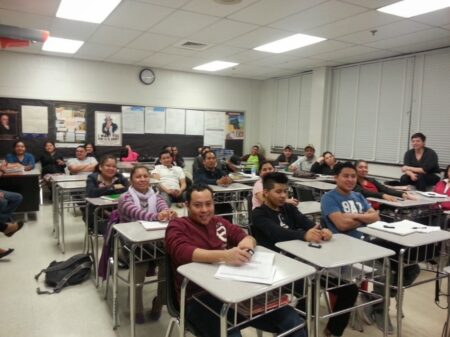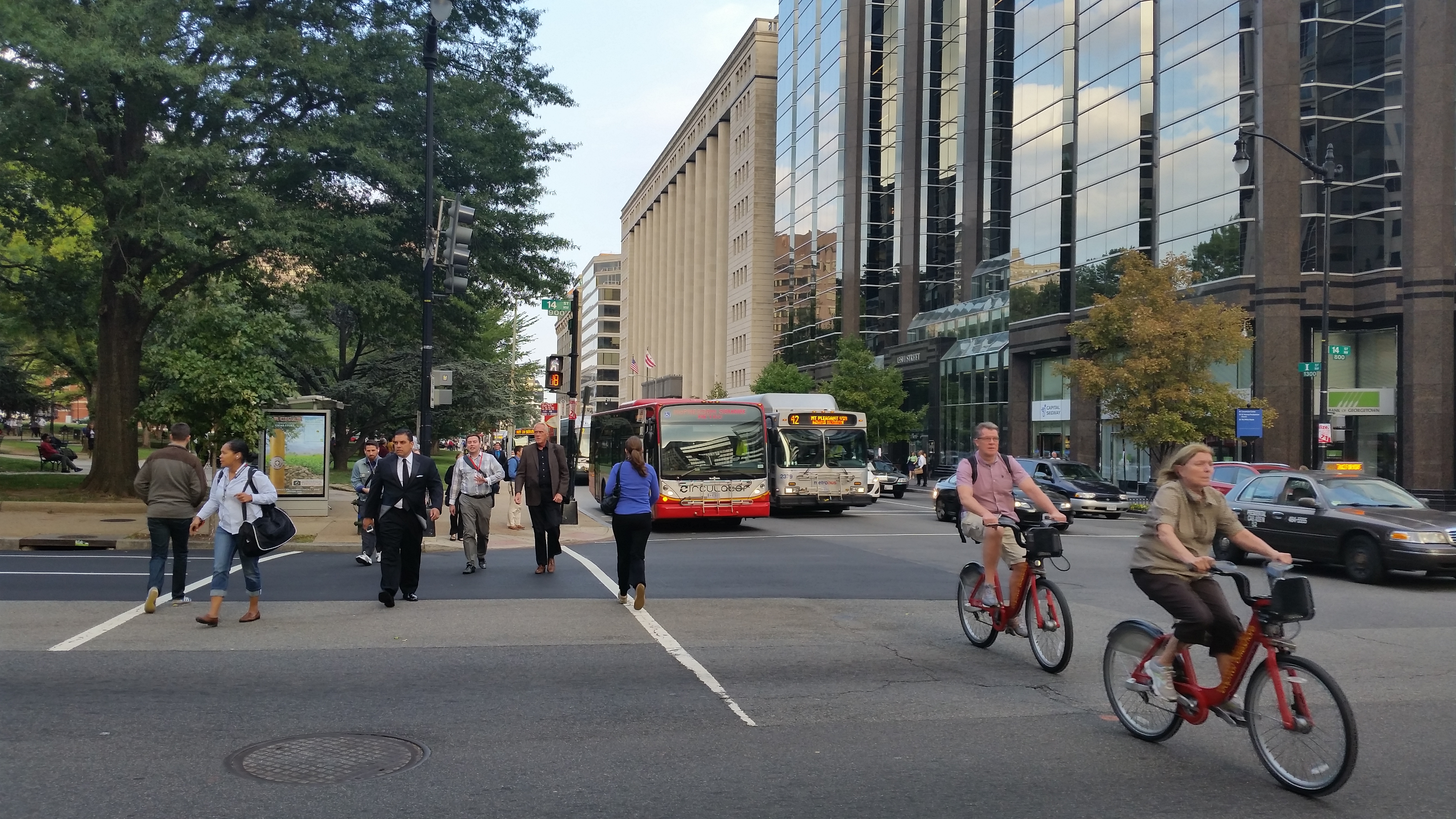Public outreach is more than a required part of the planning process, it is an opportunity to better understand how transit systems impact the communities that they serve and a key source of data that transit planners use to make decisions.
Foursquare Integrated Transportation Planning (Foursquare ITP) works with transit agencies and local jurisdictions to conduct transit and service planning efforts, a process which includes robust, inclusive, and interactive public outreach such as our recent work developing transit service plans for the Maryland Transit Administration’s Baltimore service, Fairfax County, VA, and Charlotte, NC. In each of these efforts, one or more of the following engagement methods were utilized, all of which have resulted in genuine dialogue and feedback that has been invaluable to the planning process.
Interactive Public Workshops
Instead of standard town hall-style meetings that can result in people talking at each other instead of listening, interactive workshops can be used to educate, inform and include the public. Armed with information regarding the project purpose and the relevant data, workshop participants are encouraged to engage in activities such as ranking or indicating their transit preferences. Depending on the stage of the project, participants should be encouraged to either envision the type of transit service they would like or review recommendations that have been developed based on data analysis and prior public feedback.
Pop-ups

“Pop-up” events meet the public where they are, such as bus stops or rail stations and at festivals or shopping centers. This engages the public with a visible presence through branded outreach materials and informational materials boards that can provide details of the project. Staff can also be equipped with mobile tablets loaded with digital surveys to collect a significant amount of participant feedback. Pop-up events attract participants who often would not otherwise contribute, including non-transit riders, low-income and minority communities, and those with language access barriers. Small giveaways for participating, a fun engaging activity, and children’s activities can be used to encourage feedback.
Online Engagement & Crowdsourcing
Increasingly, community members are logging in online to voice their opinions about transit service. Harnessing this energy through a targeted social media campaign and even through the utilization of a crowdsourcing website is convenient for many participants and allows transit agencies to interact and pose questions, display images, and engage people in short polls and stated preference activities. Outreach should consider the use of more “traditional” online engagement such as online chats, online surveys, online comment forms, and crowdsourcing platforms as well as make use of newer social media tools such as Instagram and Snapchat. In addition, current social media platforms are always evolving and should be utilized in an ever-changing manner. For example, since Facebook has introduced “reactions,” this provides a greater depth of quantitative feedback on how the public feels about social media posts by transit agencies.
Community-based Meetings

When a transit agency partners with a community group, faith-based organization, or social service agency, it can obtain feedback from a diverse audience sanctioned by organizations people trust. These discussions can either be led by transit agency representatives or by community leaders as a way of community empowerment. These informal discussion sessions are a great way of receiving input from underrepresented populations. The public outreach process is a great way to gather feedback and collect useful planning data, however, it should be just one component in an on-going conversation. Developing and implementing an outreach program can also be fun and creative, reflecting the unique character of your community.
